
Running Time: 109 minutes
This feature from Warner Bros. Pictures is currently playing at theaters and on IMAX screens.
It has been 14 years since the last Final Destination film arrived on cinema screens. Long enough that most would have thought, also given the end of that chapter, that the story had been fully wrapped up. But no, this week sees the franchise expanded with another follow-up. Final Destination: Bloodlines is a sequel and not a reboot or reimagining. It is most definitely connected to previous entries. The feature isn’t as strong as the original or part five, but it is a solid effort that might just rank third in the series.
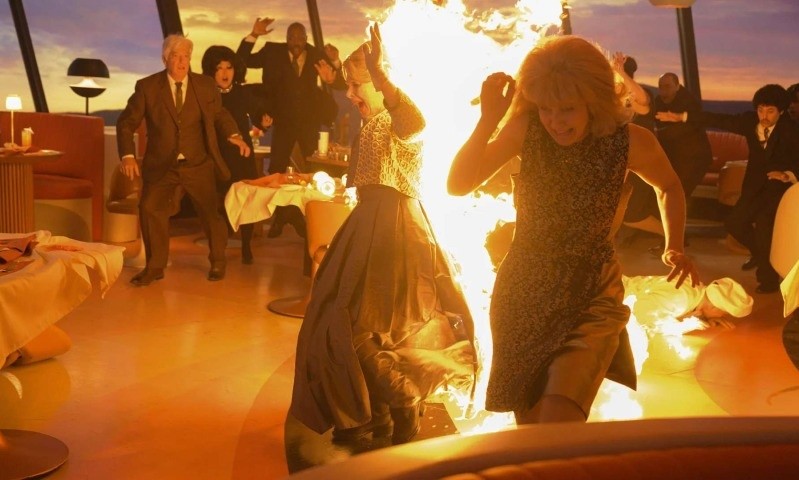
The story begins in the late 1960s in which Iris Campbell (Brec Bassinger) and her fiancé Paul (Max Lloyd-Jones) decide to attend the opening of the Skyview Restaurant Tower. If you’ve seen the trailer or any marketing for the feature, you’ll know that a horrible disaster occurs, leaving many dead. The movie jumps forward to present day and reveals that this vision is actually a recurring nightmare of student Stefani Reyes (Kaitlyn Santa Juana). Recognizing Iris from the dream as her grandmother, she asks her father (Tinpo Lee), brother Charlie (Teo Briones) and other family members to fill her in on her estranged grandparent. The trail eventually leads to an elderly Iris (Gabriella Rose), who warns Stefani that because she has cheated “Death” back in the 60s, their entire family is slated to be wiped out in the near future. Soon, skeptical family members meet horrific ends and Stefani must attempt to break the curse.
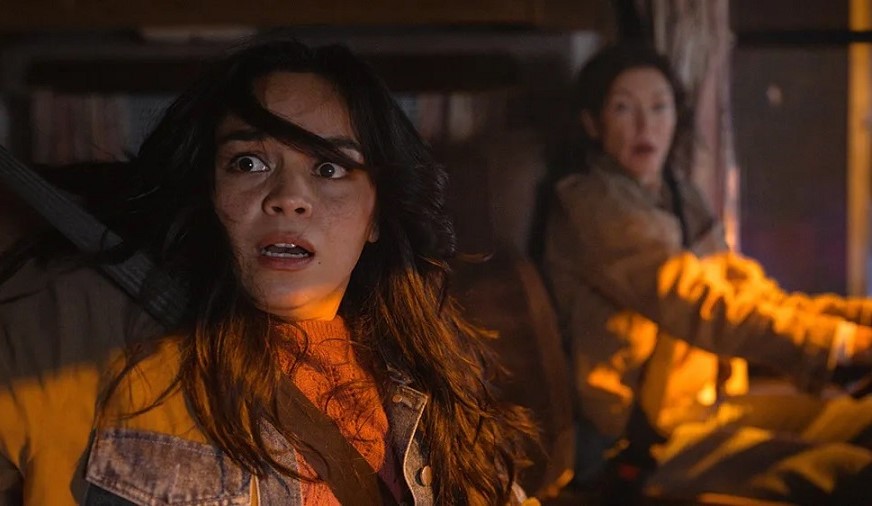
Those who have seen previous titles in the series will know that they are exaggerated and feature characters meeting gruesomely violent ends. In fact, they often play out in a darkly humorous tone. The individuals are broad and are not overly developed. The entertainment within the film isn’t so much about worrying about their fates, as trying to identify who will meet their end next and exactly how this will occur. There are plenty of red herring elements (for example, inanimate objects tumbling and turning dangerous machinery on) and it’s just a matter of figuring out how all the pieces fit together to deliver a shocking outcome.
The new filmmakers behind this chapter understand the principle, and early on there are plenty of creatively executed moments. The dream sequence itself is very elaborate, featuring a number of characters in the restaurant tower, both nasty and nice, meeting jarring fates and things begin going horribly wrong. It’s like watching a 10-minute assembly of all the over-the-top death scenes in The Towering Inferno. Characters are flayed, crushed, and fall hundreds of feet to splatter on the sidewalk below (while “Raindrops Keep Fallin’ on My Head,” plays on a radio in the background).
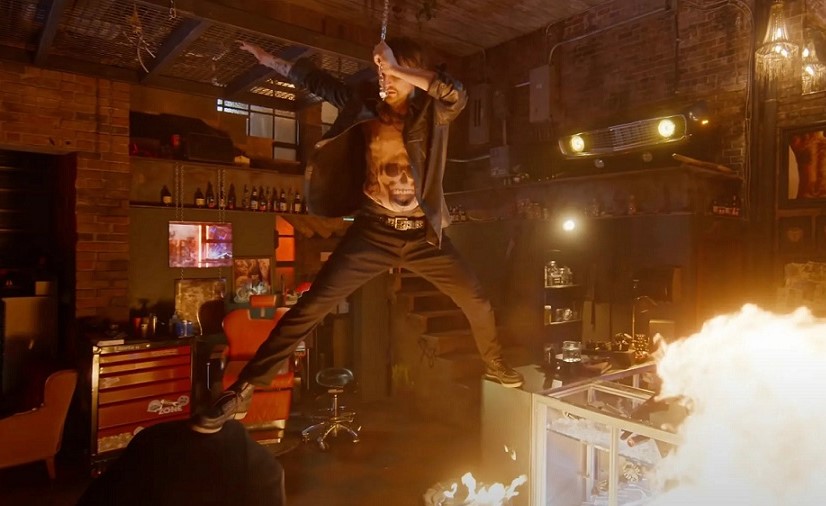
Early on, there are also notable bits set around a family barbecue and one memorable scene inside a tattoo parlor (the movie really makes some wince-inducing moments out of body piercings), as well as another highlight that takes place on a seemingly ordinary residential street. Close-ups and sound are wonderfully used to make viewers nervous about seemingly innocuous acts. Some of the characters are also amusing to watch, including Stefani’s cousin Erik (Richard Harmon) who initially does not believe in the curse and makes amusing verbal jabs as he pokes fun at the protagonist’s assertions. And there is a really sweet (by horror standards) cameo from Tony Todd. Shot just before the actor’s passing, it’s a notable goodbye with some friendly advice for all the characters, as well as audience members.
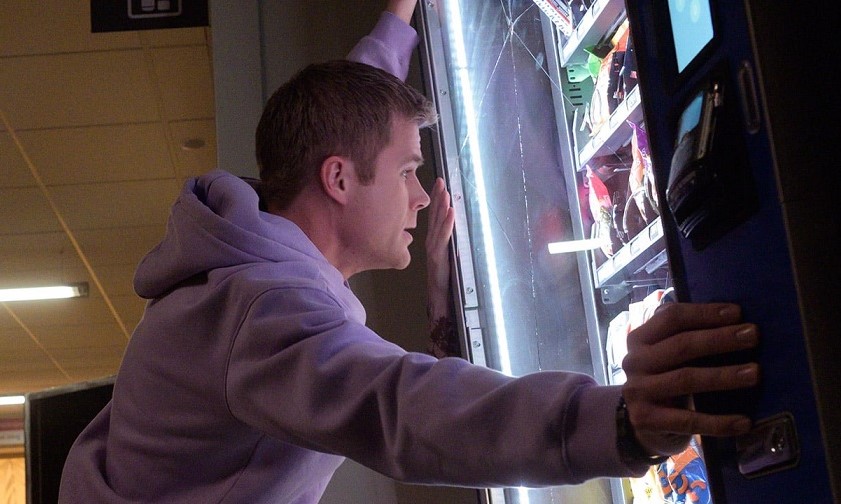
There are a few caveats though. For this reviewer, the film began to run out of steam by the time the characters arrived at the hospital. Some of the events that occur there are certainly elaborate, but not quite as believable in their execution. One begins to note that the crushing of a particular body part is used repeatedly. Another issue with setting a movie like this around a family is how quickly they get over the brutal end of a sibling, uncle or parent. The individuals do grieve for a scene and admittedly have to take action to save themselves, but even still it feels as though those who make a hasty exit from the story aren’t remembered for long by loved ones. And while most of the computer-generated imagery is good, a few bits (particularly at the close) aren’t as impressively rendered.
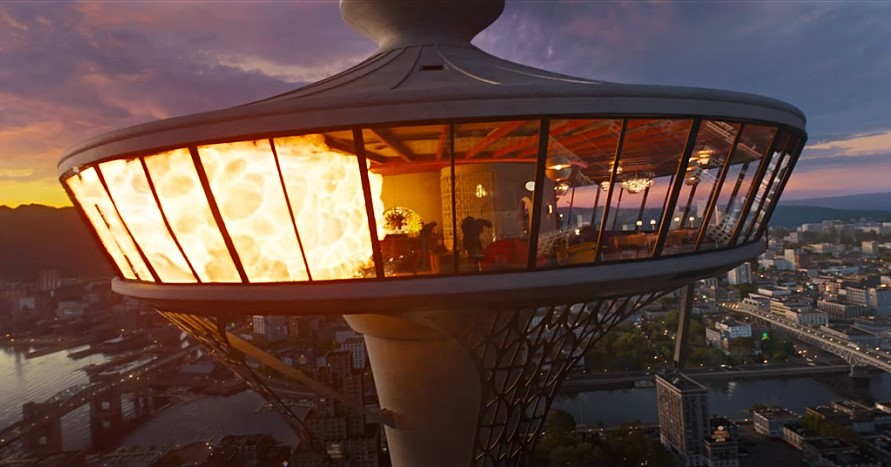
Still, the primary goal of the film is to deliver outrageous executions by an unseen force, and not to labor on the emotional toil and grief of those left behind. Making it look too real would also make the film more disturbing than entertaining. So, I’m not going to be too hard on the picture. While it isn’t perfect, Final Destination: Bloodlines is a capable sequel that will impress fans of the series and will, at the very least, rank somewhere in the middle of the franchise. For part six in a long-running series, that is an accomplishment.


